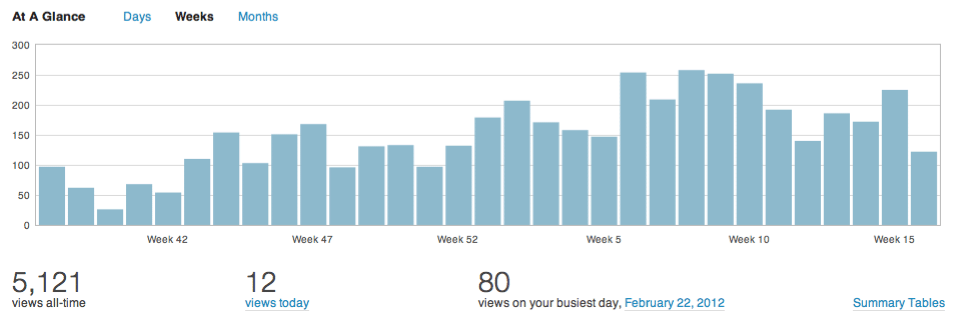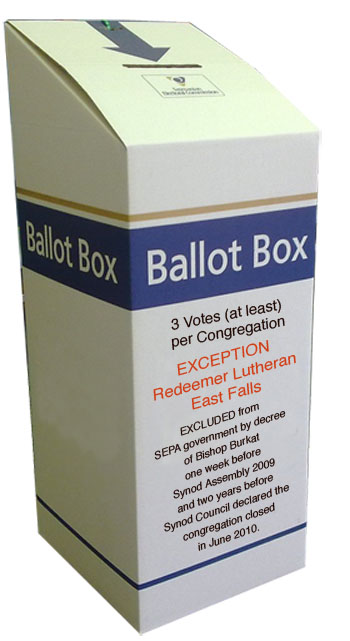During a recent panel discussion, a reporter explained the process of ferreting out the news. She described the many story pitches that come to her every week from enthusiastic, community-minded groups that are doing “worthy” things — but not “newsworthy” things.
Your walk for charity is not “news.” Lots of people are doing this — every weekend.
She went on to say that when an interested party calls, she begins to engage the caller in conversation about the upcoming event. The caller, with great passion begins to talk about the people, and suddenly, the reporter senses there is something newsworthy in telling the story about the people involved — not the event itself.
Church communicators can learn from this. Our story is often best told through our people. When we tell our church story we should focus on our people and their faith stories. If church makes a difference in their lives, it may make a difference in someone else’s life. You don’t have to use names (although it’s nice when you can). Tell the story of your people on their faith journey and you will be teaching the Gospel.
Facebook is a good place to tell the people side of your story.
One Maryland church applauded a 12-year-old member who made and served the congregation lunch after church one Sunday. It’s Facebook page encourages the readers to press the “Like” button on the story to show the young man how much his work is appreciated. (It’s in the scroll bar on the left of the linked page.) Just that one short note on their web page tells any reader that their church values and encourages the contributions of their young people. It is likely to be far more effective than any newsletter or bulletin kudo.
You can use the same technique in focusing on your members’ faith stories.
Tell your story . . and make it personal!









